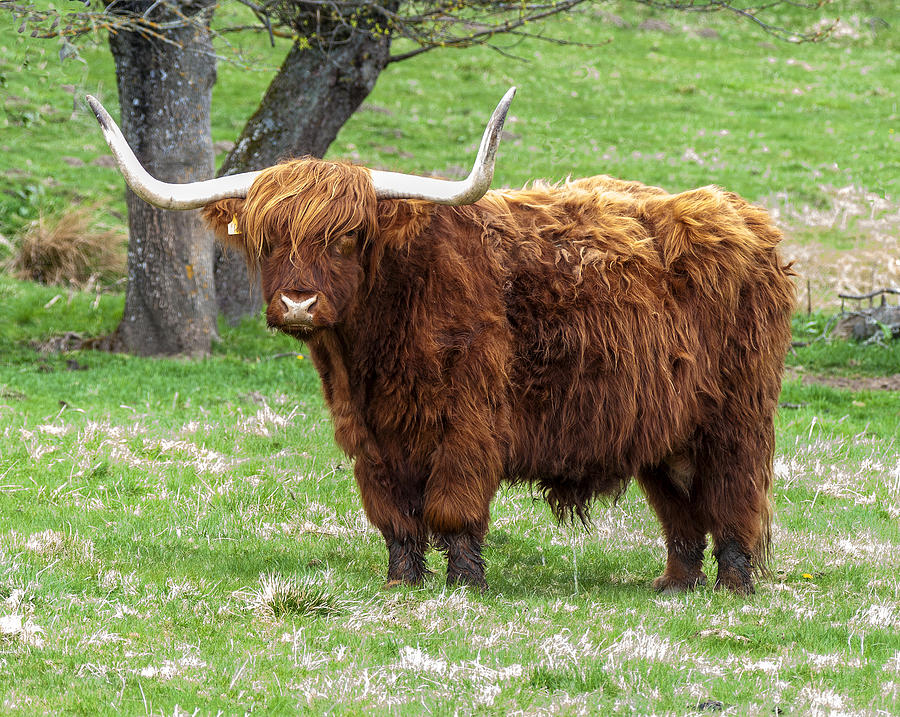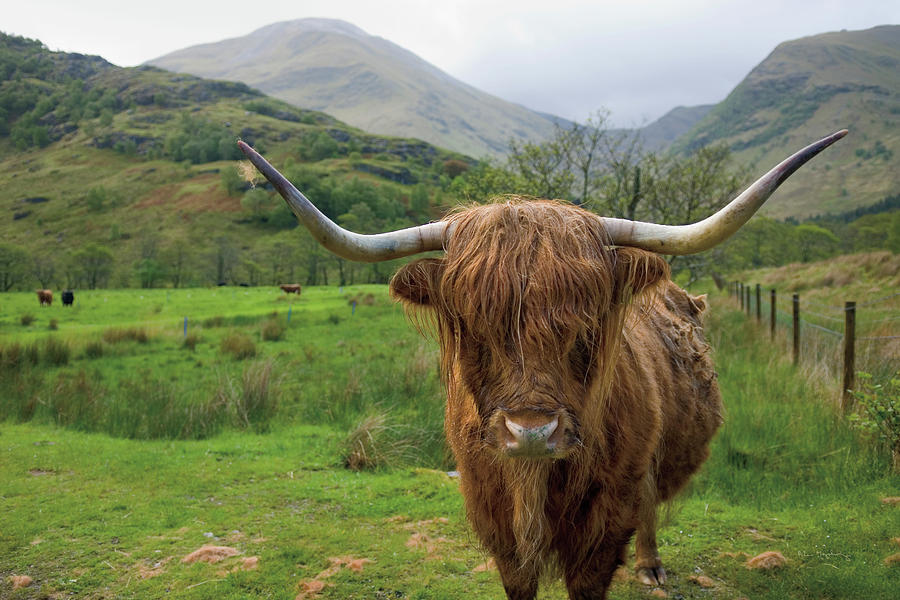
Check out Scotland’s Castle Trail for more inspiration. Located on the southern side of Loch Ness, the fields beside the charming Cameron’s Tea Room and Farm Shop is home to a friendly herd of Highland cows.Įxplore Cameron’s Tea Room and Farm Shop North East ScotlandĪberdeenshire is a great place to spot both highland cows and castles, having the greatest density of castles anywhere in the country! From stunning Royal Deeside, to quaint traditional fishing villages on the coast, this region has much to enjoy. The northern stretch of the loch is generally a good place to see Highland cows in the surrounding fields. Stay at Drumbuie Farm B&B on the northern shores of the mystical Loch Ness, which is also a working farm with Highland cattle. You can see Highland cows grazing in the hotel’s surrounding parkland and enjoy beautiful sea views.Įxplore Culloden Battlefield and Visitor CentreĪpproximately an hour drive to the south east of Inverness, a small herd of Highland cattle graze in the fields beside Cardhu Distillery. Also nearby, north east of Inverness, visit the delightful Muthu Newton Hotel in Nairn. Highland cows are kept in a field at the entrance to the famous Culloden Battlefield, which is located a short drive east of Inverness and is a fascinating place to delve into the past. Glen Tanar estate offers various activities too. See Highland cows grazing in fields near the road in enchanting Glen Tanar, on the eastern periphery of the Cairngorms National Park. You can see both adult cows and calves, and even stay there if you’d like! Visit Uvie Farm in the west of the Cairngorms National Park, which breeds Highland cows. Also nearby, meet the Highland cows that happily greet visitors at the fascinating Highland Folk Museum in Newtonmore. They are surrounded by grazing land where you can see Highland cows, roaming around the barracks in this very picturesque landscape. The atmospheric ruins of the Ruthven Barracks are located in the west of the Cairngorms National Park. Located in the north of the Cairngorms National Park just outside Aviemore, Rothiemurchus is a woodland estate with a castle and wildlife – and most importantly – plenty of Highland cows! You can even take a Hairy Coo Safari starting from the Rothiemurchus Centre. If you plan on visiting the world-famous Glenlivet Distillery in the north of the Cairngorms National Park, look out for Highland cattle in the area’s surrounding fields. On the gloriously green north west coast near Fort William, Highland cattle wander freely around the area of Ardnamurchan and at nearby Sanna beach. Glen Nevis and Glen Coe are also great spots where you’re likely to see Highland cows living amongst the stunning backdrops. It’s named after the cows which have always historically been kept there by Highlander farmers. See Highland cows in the fields around historic Cow Hill at the edge of Fort William. One of the best known spots for a guaranteed sighting of free-roaming Highland cows is the minor coastal road called Bealach Na Ba, a historical cow drover’s road running between Applecross and Shieldaig.
Scottish highland cattle free#
Also nearby is the beautiful coastal village of Plockton, where Highland cows are also free to roam around the village! Very close to the Isle of Skye bridge, Duirinish is a small and traditional Scottish village where you can find Highland cows roaming around freely. Or further along the western stretch of the NC500 route, you might see Highland cows enjoying a seaweed picnic at Clachtoll Beach.

On this stretch, Kirkton Farm offers buggy tours around their Highland cattle farm. See Highland cows in fields along the renowned North Coast 500 route between Thurso and Durness.

Amongst the epic and jaw-dropping landscapes, you’re spoiled for locations to pick from! Since the beginning of the 20th century, the species has been exported worldwide, primarily to North America and Australia.The famous Scottish Highlands, where Highland cows originate from, is undoubtably a great place to see them. Nowadays, however, the difference between these two types has disappeared because of crossbreeding. These animals were dun or red in color and larger due to pastures, providing them with the required nutrients. According to the book, the other type was mainland cattle. The West Highland cattle were relatively smaller with black coats and long hair, as a result of living in harsher conditions. It says that one was the West Highland, or Kyloe, brought from the Western Isles. These two types are described in the herd book, written in 1885. The species was formed in the Highlands and Western Isles of Scotland out of 2 types of cattle, which are now extinct. The first written references to the Highland cattle date back to the 12th century AD. As it comes to the Highland cattle, the species has quite a long history, beginning with the 6th century AD. Originally, cattle were introduced to Britain by farmers during the Neolithic.


 0 kommentar(er)
0 kommentar(er)
